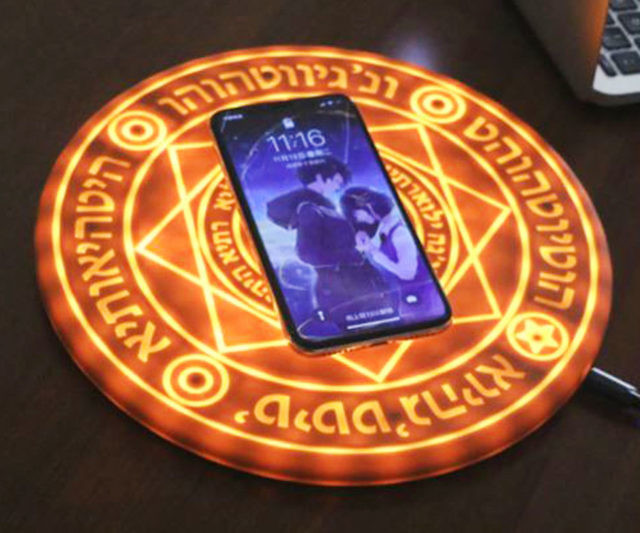

And I applied to the University of Massachusetts (15 miles from home), Yale (65 miles away), and Lafayette College (150 miles away), the closest three of the 10 experimental programs. An extremely dedicated Latin teacher had me in her Latin 3 class and then stayed after school to individually teach me Latin 4 so I could get credit for four years of language study.
MAGICALPAD ALTERNATIVE HOW TO
For no reason other than the fact that I was fascinated by the 1968 election, I asked my social science teacher if I could do a survey of student attitudes, and he helped me get access to all his classes and taught me how to hand calculate cross-tabs. In my junior year I skipped chemistry and jumped into physics, 4th year math, and an experimental social science class. My parents reluctantly said try and I started my junior year classes in my sophomore year, taking both 2nd and 3rd year math simultaneously and jumping into 3rd year English. To convince my parents that I could graduate from high school, he worked out a deal with the local high school administrators to grant me a high school degree, counting my first year of college as my fourth year of high school if I made it through that year. Fortunately the guy I spoke to (before announcing this to my parents) said “OK” but we have to change your classes. I marched into my high school counselor’s office and announced that I was going to college after my junior year. When I was a first year in high school, I read about a reaction of the US government to the fear of the “Sputnik” experience (the USSR beat the USA into space and would nuke us to death) in funding a pilot program at 10 colleges to admit students after their junior year of high school. None of the opportunities I had were offered to me because I had 800s on tests. And should you think all of this was possible because because I was the person at your high school or college who got the highest SAT and GRE scores you are wrong I always scored high middling or low high. Such options are probably more available today than they were for me, but to be honest, it was NEVER especially hard for me to “get away” with this stuff. Here are some personal stories from the years 1968-1976. I never really thought about my own college and grad school experiences as “seizing responsibility” until recently but in fact they were. That map, in its fourth draft, is presented at the end of this post. To help address that issue, I have periodically presented a mind map for a paradigm that would produce graduates who can and will take more responsibility for their own careers and probably have stronger analytic skills. I believe that college and grad students are not encouraged to take enough control over their own destiny.
MAGICALPAD ALTERNATIVE PROFESSIONAL
And your boss did not expect you to be working 2 extra hours every night for the company on your PC, smartphone, or tablet.įiled under: Academics, Education, Mind Map, Professional Tagged: content is Queen, mind map, mind mapping, mindmap, mindmapping On the other hand, the bridges and roadways were in fine condition, there was a working rail system, schools were better and actually taught students to read, and people would pick up the phone when they wanted something and communicate with the other party in an interactive way. Yup, it was hard to be a technology worker in the 70s and 80s. Or supported medical centers, the IRS, and the Library of Congress with the technology of the mid 1970s. Hard to believe we made it to the moon with less technology. It cost $3000 a year to save as much data as my iPhone holds using the 1976 technology of hard disks (monsters about the size of my home heating units which can keep 25,000 cubic feet warm in the winter). Very few people had access to CRT terminals, so most used punch cards. I was totally delighted in 1976 to get an IBM selectric (pineapple) typewriter for my office. I used to spend 12 hours a day in the Yale (later UCLA) computer center punching cards to access primitive versions of statistical programs (the now defunct BMDP and Datatext and the first version of SPSS).
MAGICALPAD ALTERNATIVE TV
Color TV was not available in the majority of homes but Monday Night Football was (on B/W TVs).


No C, no Starbucks, no handheld phones (most people did not even have the landline cordless phones). It cost about $3/MINUTE to call from the East to California: everybody wrote letters. No laser printers (dot matrix printers had just started to be available). No handheld device more powerful than a simple HP calculator with a few math keys (for $300 in 1976 dollars $19.99 today).


 0 kommentar(er)
0 kommentar(er)
